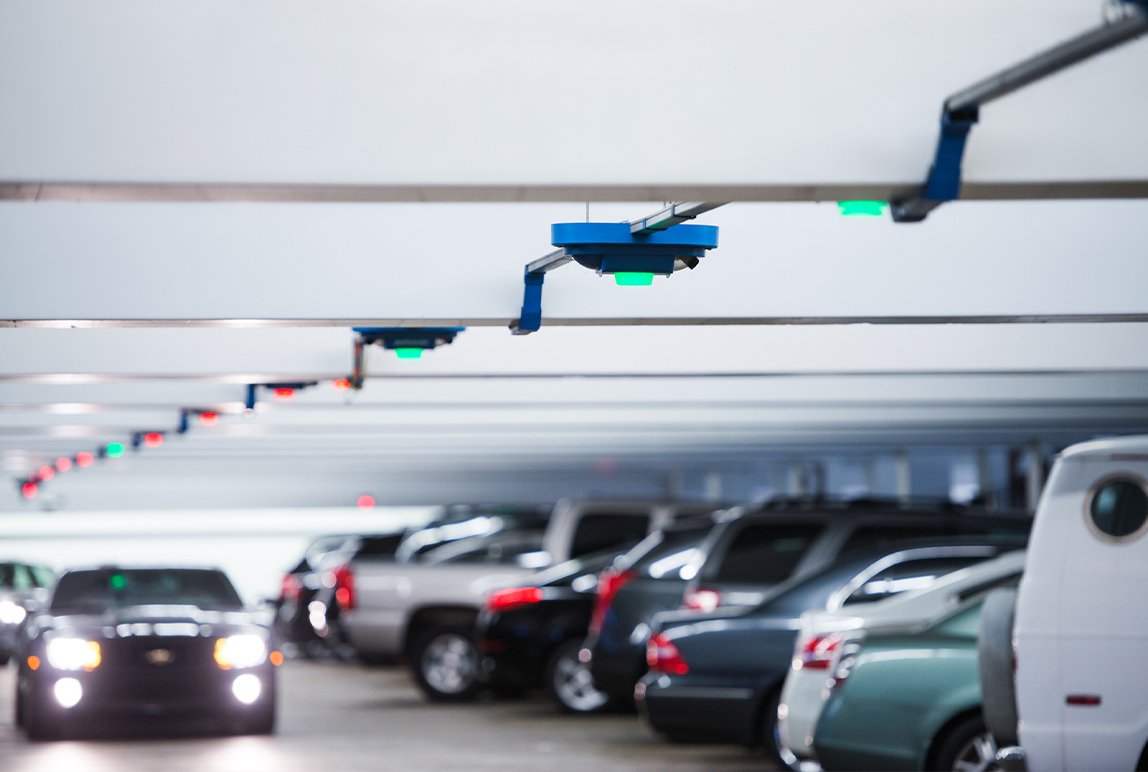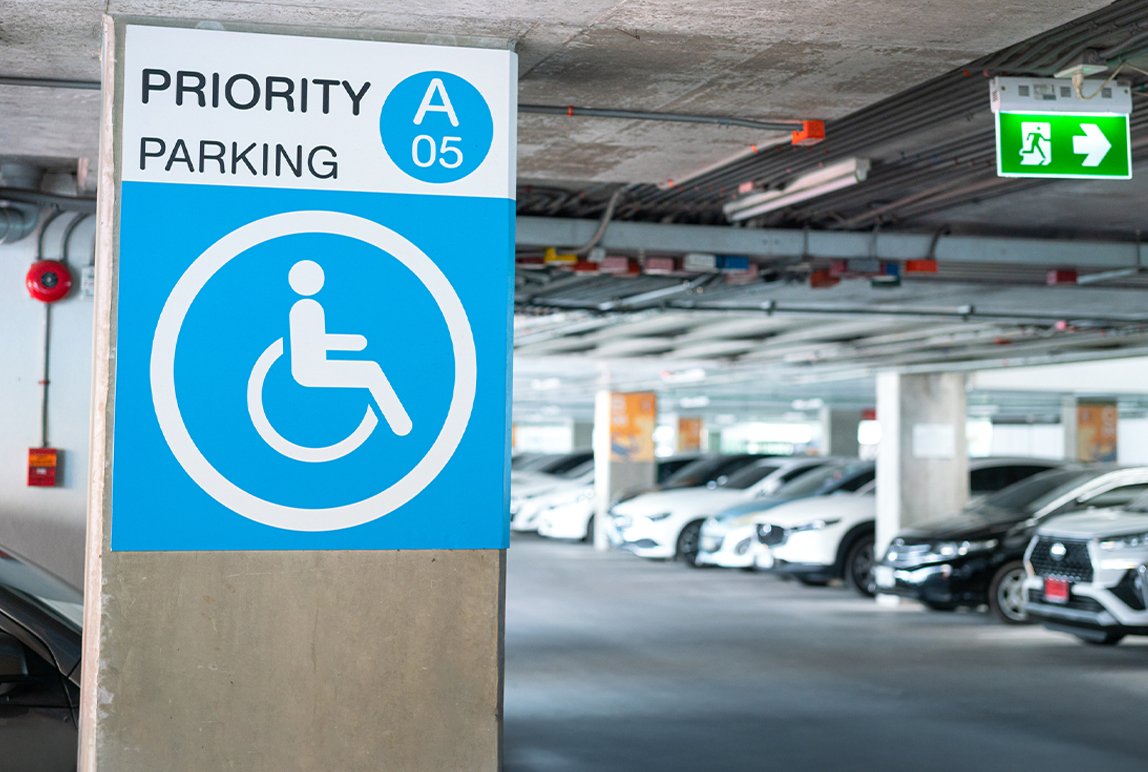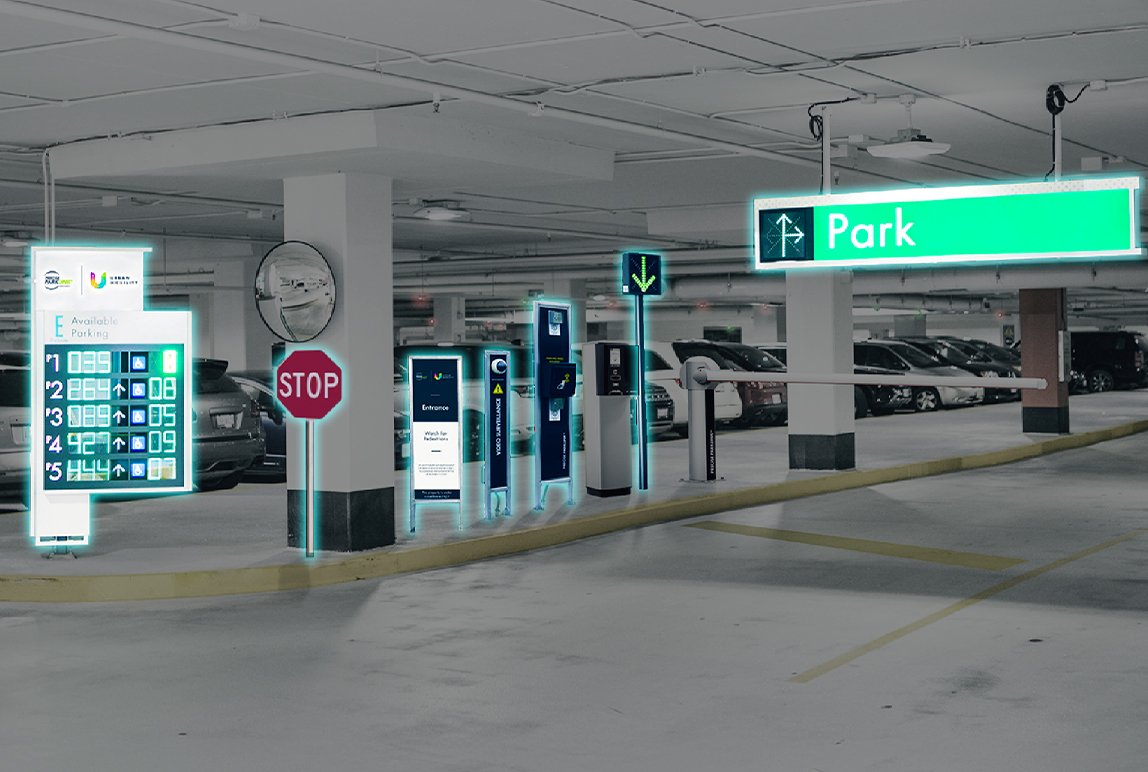2024 Guide: Understanding Parking KPIs
Updated on: Jun, 11, 2024
Originally posted on: Mar, 08, 2022 7:24AM ET • 6 min read
Your parking operation, though complex, can be better understood and managed by tracking key performance indicators (KPIs). This practice not only helps you identify unnoticed factors but also provides a clear path to improving your parking operation's efficiency and revenue generation.
So, what are key performance indicators for your parking program, and why should you track them? Key performance indicators are measurable data that display how effectively your parking operation achieves your business objectives. They give you an inside look into your parking operation and help you measure your program's overall progress, empowering you to make informed decisions and drive your parking operation towards success.
It's time to start measuring, monitoring, and growing! Below are eight parking KPIs you should be tracking right now.
Parking Revenue
Tracking parking revenue is not just about financial performance. It's a practical way to gauge how well your parking operation is doing. From pay stations to mobile payments, each revenue-generating area contributes to the overall health of your operation. So, if you're serious about improving your parking operation, this is a KPI you can't afford to ignore.
Your revenue can also be broken down by visitor type, such as transient and permit subscribers (most often monthly permit holders). To better understand your recurring revenue, dividing your combined revenue by the total number of visitors is best to get an average revenue per visitor.
2. Customer Types
Your parking facility welcomes many visitors daily, some returning more frequently than others. Understanding these customers, their needs, and their parking habits is crucial. Customers utilizing your parking service can be categorized as transients or subscribers. Transients park for short periods, whereas subscribers often park with a parking permit or reservation throughout the month. By tracking these customer types, you can better cater to their needs and enhance their parking experience.
Tracking both types of customers will give you a better understanding of how your parking facility is being used. This will allow you to maintain a healthy balance of parking inventory available for both transients and subscribers.
For example, monthly parking permit subscribers are necessary for recurring revenue, allowing you to predict and allocate budgets accurately. However, optimal parking inventory for transients is just as important as they have high turnover, which results in higher parking revenues.
3. Parking Permits
As a parking facility manager, you know how important it is to offer various permit options. With visitor expectations changing on the fly, it is best to equip your facility with the tools necessary to meet them. Parking permits can range from pay-as-you-go to pre-paid, temporary, and carpooling models.
Tracking what type of parking permits your visitors prefer to use will give you a better insight into their parking needs, which will help you evolve your product offerings and generate higher income.
4. Occupancy Rates
As your visitors re-enter their everyday routines, occupancy rates will only continue to normalize. That is why tracking how frequently your parking facility is being used is vital.
To track occupancy, divide the number of occupied parking stalls by the available parking stalls. This will give you insight into parking occupancy trends, helping you deploy successful sales and marketing techniques such as dynamic pricing and last-mile service offerings.
Technologies such as parking guidance systems transmit real-time occupancy data, which allows you to track when and how often visitors enter and exit your facility.
5. Peak Hours & Days
Let's face it—every parking facility experiences its fair share of peaks and downtimes—so why not track them? Tracking your parking facility's peak hours and days will help you make informed decisions based on parking behaviour and occupancy.
This occupancy data will give you a better idea of when to expect an influx of visitors, allowing you to make informed operational decisions, such as when to perform routine maintenance, increase your online advertising spending, or adjust your parking rates.
6. Short- & Long-Term Tickets
Similar to parking permits, your facility may offer various ticket types. The most common include short—and long-term tickets. Short-term tickets are used for short parking periods, while long-term tickets are used for extended parking periods.
Tracking the types of tickets, you facilitate will help you better understand your visitor behaviours and the revenue associated with each ticket type.
7. Management Expenses
Running a successful parking operation is far more dynamic than one may think. Factors such as on-site parking attendants, customer service representatives, marketing, and ongoing maintenance are equally important considerations when analyzing revenue.
Calculating the average costs associated with staffing and cross-analyzing them with your facility trends will help you determine when and how often to utilize these value-added services.
8.Payment Methods
More often than not, your visitors pay for parking using a variety of payment types, including debit cards, credit cards, mobile wallets, mobile apps, cash, and coins. Understanding the most predominantly used payment type amongst your visitors will help you evolve your parking service offerings to satisfy customer needs, reduce traffic throughout your parking lot and meet your revenue goals.
For example, it will highlight if your next pay station upgrade should be entirely cashless or if you should focus more of your marketing efforts on promoting your mobile payment app.
There is always room for improvement regarding parking operational efficiencies.
Consistently monitoring and measuring your parking KPIs will give you insight into what is and isn't working for you, allowing you to continually improve your parking service offering with data-driven results.
References
Gary Shull, S. D. (2021, August 31). 10 parking KPIs to collect in a modern parking operation. The PayByPhone Blog. Retrieved February 16, 2022, from https://www.community.paybyphone.com/blog/10-parking-kpis
Donatucci, A. (2022, February 28). Three kpis for a successful parking operation - precise ParkLink: Parking management services. Precise ParkLink | Parking Management Services. Retrieved February 28, 2022, from https://www.preciseparklink.com/news/three-kpis-for-a-successful-parking-operation
Share Article:
Featured Articles
ABOUT THE AUTHOR
Reaz Kassim
Client Relations Manager
Reaz joined the Precise ParkLink team in 2022, bringing with him a wealth of knowledge and experience working in the parking industry. After graduating from Humber College in 2000 with a diploma in business management, he immediately started putting his skills to work with Tract Parking Management before it was eventually bought out by Indigo Park. This experience has given him a great deal of exposure to the commercial, hospitality and airport verticals.
Questions?
Fill out the form below and we will do our best to connect you with a suitable contact.













